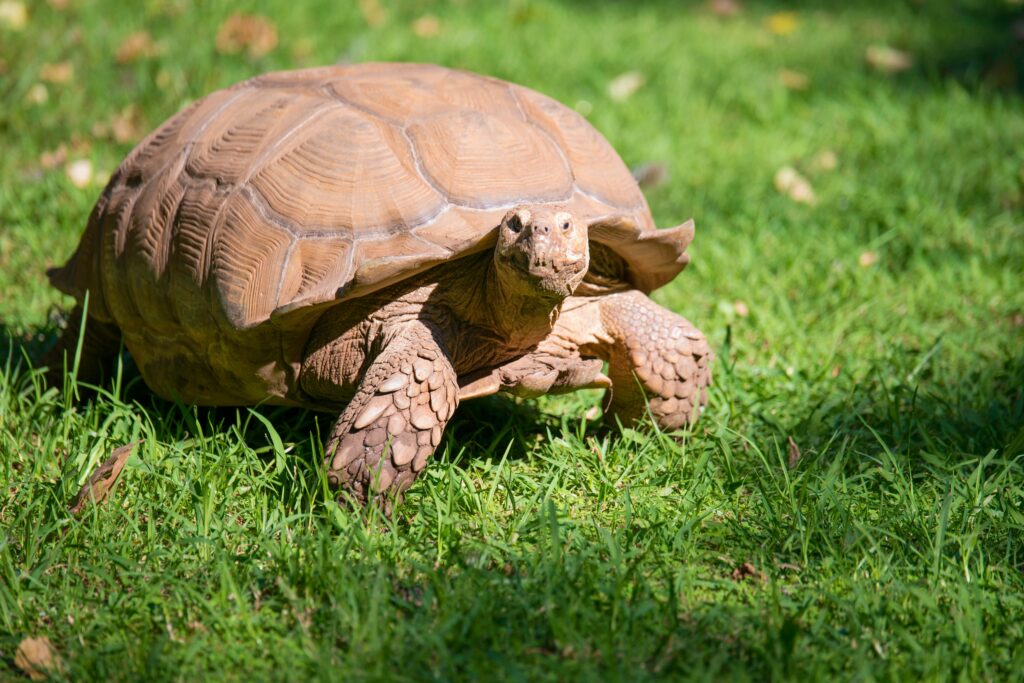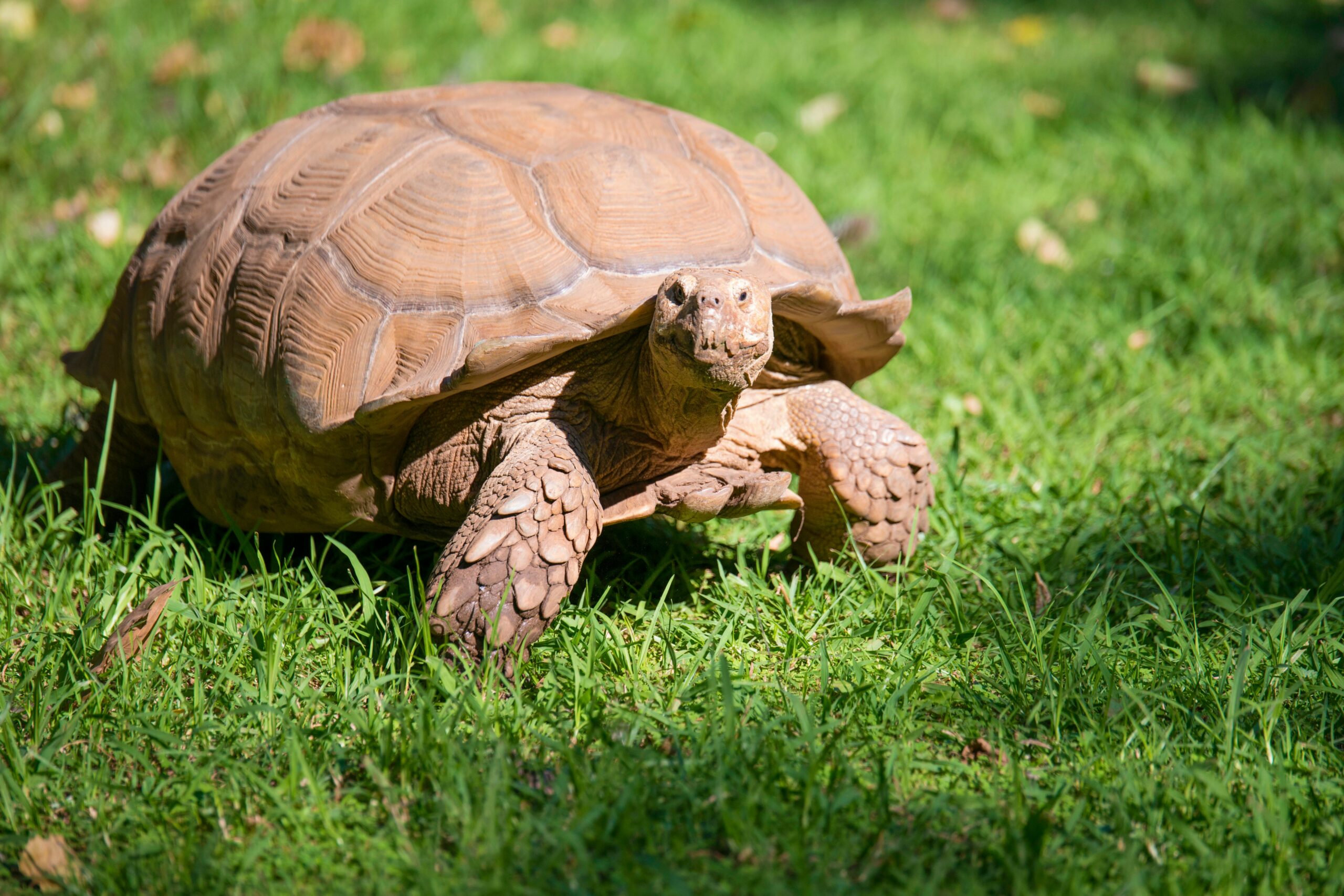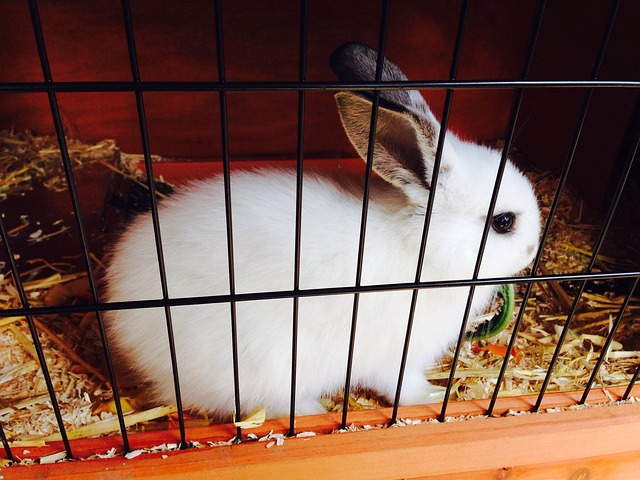The Ultimate Guide to Pancake Tortoise Care: Expert Tips for Happy and Healthy Turtles
Welcome to “The Ultimate Guide to Pancake Tortoise Care: Expert Tips for Happy and Healthy Turtles.” If you’re a proud pancake tortoise owner or considering bringing one into your home, this comprehensive guide is a must-read.
Pancake tortoises are unique reptiles known for their flat shells and fascinating behaviors. In this article, we will delve into everything you need to know about caring for these delightful creatures, from providing the right diet and habitat to ensuring their physical and mental well-being.
Our team of experts has combined their years of experience and knowledge to create this ultimate resource. We’ll cover various aspects of pancake tortoise care, including their natural habitat, ideal tank setup, temperature and humidity requirements, feeding habits, and common health issues to watch out for.
Whether you’re a first-time tortoise owner or a seasoned enthusiast, our goal is to provide you with practical advice and tips that will contribute to the overall happiness and longevity of your pancake tortoise. So sit back, relax, and let’s embark on this educational journey together.
Key Considerations Before Getting a Pancake Tortoise
Before bringing a pancake tortoise into your home, it’s important to consider a few key factors. Firstly, pancake tortoises have specific care requirements that need to be met in order for them to thrive. You’ll need to have the time, resources, and commitment to provide the necessary care for these unique reptiles.
Secondly, pancake tortoises are not suitable for every living situation. They require a stable and controlled environment with proper temperature and humidity levels. Additionally, their enclosure needs to be spacious enough to allow for natural behaviors and exploration.
Lastly, it’s crucial to research and find a reputable breeder or source for your pancake tortoise. Ensure that the tortoise is healthy, well-cared for, and legally obtained. By considering these factors, you’re setting yourself up for a successful and rewarding pancake tortoise ownership experience.

Setting up the Perfect Habitat for Pancake Tortoises
Creating the ideal habitat for your pancake tortoise is essential for their well-being. Start by selecting an appropriately sized enclosure, as pancake tortoises require ample space to move around and exercise. A terrarium or reptile enclosure with secure walls and a screened top is a suitable choice.
To replicate their natural habitat, provide a substrate that mimics the sandy soil found in their native African savannahs. A mix of sand and soil works well, as it allows for burrowing and promotes natural behaviors. Ensure that the substrate is deep enough for your tortoise to dig and create hiding spots.
In terms of temperature and lighting, pancake tortoises require a warm and well-lit environment. Provide a temperature gradient within the enclosure, with a warm basking area reaching around 90°F (32°C) and a cooler area around 75°F (24°C). Use a combination of heat lamps and UVB lighting to achieve the right conditions.
Maintaining proper humidity levels is also crucial. Aim for a humidity range of 40-60% by misting the enclosure daily and providing a shallow water dish for your tortoise to soak in. Regular monitoring of temperature and humidity levels with a reliable thermometer and hygrometer is recommended.
Remember to provide hiding spots and various enrichment items, such as rocks, logs, and plants, to keep your pancake tortoise mentally stimulated and entertained. Creating a comfortable and stimulating habitat will contribute to their overall happiness and well-being.
Must Read : Ultimate Guide to Choosing the 10 Best Reptile Heating Pads with Thermostat for Optimal Comfort and Safety
Feeding and Diet for Pancake Tortoises
Proper nutrition is vital for the health and longevity of your pancake tortoise. These herbivorous reptiles have specific dietary requirements that need to be met in order to thrive. A diet rich in fiber and low in protein is essential for their digestive health.
The primary component of a pancake tortoise’s diet should be leafy greens. Offer a variety of dark, leafy greens such as collard greens, dandelion greens, mustard greens, and kale. These provide essential vitamins and minerals needed for their well-being. Rotate the greens to ensure a balanced diet.
In addition to leafy greens, provide a small amount of other vegetables and fruits as occasional treats. Carrots, squash, bell peppers, and berries can be offered in moderation. Avoid feeding high-sugar or high-fat fruits, as these can lead to health issues. Always wash and chop the food into appropriate-sized pieces.
To ensure proper calcium intake, dust the greens and vegetables with a calcium supplement before serving. Calcium is crucial for the development and maintenance of healthy shells and bones. A lack of calcium can lead to metabolic bone disease, a serious condition in tortoises.
Remember to provide fresh water at all times. Pancake tortoises may not drink much water, but it’s important to have it available for hydration. Clean and refill the water dish regularly to prevent bacterial growth.
Providing Proper Heat and Lighting for Pancake Tortoises
Maintaining appropriate temperature and lighting conditions is essential for the health and well-being of pancake tortoises. These reptiles require specific heat and light requirements to thrive.
Provide a basking spot within the enclosure where the tortoise can thermoregulate. Use a heat lamp or ceramic heat emitter to create a warm area with a temperature of around 90°F (32°C). This allows your tortoise to bask and raise its body temperature.
In addition to heat, pancake tortoises require UVB lighting to synthesize vitamin D3 and properly metabolize calcium. Use a UVB bulb specifically designed for reptiles and ensure it covers the entire enclosure. Replace the bulb every 6-12 months, as its UVB output decreases over time.
To maintain a consistent day-night cycle, provide a light source that simulates natural lighting patterns. Use a timer to ensure the lights are on for approximately 12-14 hours per day, followed by a period of darkness for the tortoise to rest.
Regularly monitor the temperature and lighting levels within the enclosure to ensure they fall within the appropriate range. Adjust as necessary to provide optimal conditions for your pancake tortoise.
Handling and Socializing with Pancake Tortoises
Pancake tortoises, like many reptiles, are not typically known for their desire to be handled or socialized. They are primarily solitary creatures that prefer minimal interaction with humans. However, it’s still important to provide appropriate care and monitoring.
When handling your pancake tortoise, do so sparingly and with care. Keep in mind that excessive handling can cause stress and discomfort for these reptiles. Always support their body and avoid applying excessive pressure on the shell.
Instead of handling, focus on providing an enriched environment that stimulates their natural behaviors. Watch your tortoise from a distance and appreciate their unique characteristics. Offer opportunities for exploration, such as different hiding spots and objects to climb on.
If you need to handle your pancake tortoise for health checks or enclosure maintenance, do so with caution. It’s recommended to consult a reptile veterinarian for guidance on proper handling techniques.
Common Health Issues and How to Prevent Them
While pancake tortoises are generally hardy reptiles, they can still be prone to certain health issues. By being proactive and observant, you can prevent many common problems and ensure the well-being of your tortoise.
One common health issue in pancake tortoises is respiratory infections. These can be caused by inadequate temperature and humidity levels or poor ventilation within the enclosure. Ensure that the temperature and humidity are within the appropriate range and provide proper ventilation to prevent respiratory issues.
Shell problems, such as cracks or pyramiding, can also occur in pancake tortoises. These issues are often related to improper diet, lack of calcium, or incorrect enclosure conditions. Follow the recommended diet and habitat guidelines mentioned earlier to prevent shell problems.
Parasites, such as mites or intestinal worms, can affect pancake tortoises. Regularly inspect your tortoise for any signs of parasites, such as excessive scratching or abnormal behavior. If you suspect a parasite infestation, consult a reptile veterinarian for appropriate treatment options.
Maintaining good hygiene and cleanliness within the enclosure is crucial for preventing bacterial and fungal infections. Clean the enclosure regularly, remove any uneaten food, and provide fresh substrate and water. Regularly inspect your tortoise for any signs of illness or injury.
Lastly, it’s important to schedule regular check-ups with a reptile veterinarian. They can assess your pancake tortoise’s overall health, provide appropriate vaccinations if necessary, and offer guidance on any specific health concerns.
Breeding and Reproduction of Pancake Tortoises
Breeding pancake tortoises can be a rewarding experience for experienced tortoise owners. However, it’s important to note that breeding should only be done responsibly and with the intention of providing proper care for the offspring.
Pancake tortoises reach sexual maturity at around 5-7 years of age. They require specific conditions, including appropriate temperature ranges and a well-balanced diet, to successfully breed. Consult a reptile veterinarian or experienced breeder for detailed guidance on breeding pancake tortoises.
If you decide to breed your pancake tortoises, ensure that you have suitable space and resources to accommodate the offspring. Properly caring for the hatchlings requires time, effort, and knowledge. Prepare a separate enclosure and provide appropriate heat, lighting, and diet for the young tortoises.
Remember that breeding should always prioritize the health and well-being of the tortoises involved. Responsible breeding practices contribute to the preservation of the species and the overall welfare of pancake tortoises.
Frequently Asked Questions about Pancake Tortoise Care
- Q: Can pancake tortoises be kept with other reptiles or pets? A: Pancake tortoises are best kept alone, as they prefer solitary lifestyles. They may not interact well with other reptiles or pets.
- Q: How often should I clean the tortoise enclosure? A: Regular spot cleaning should be done daily to remove any waste or uneaten food. A thorough cleaning of the entire enclosure should be done every few weeks.
- Q: Can pancake tortoises swim? A: Pancake tortoises are not strong swimmers and may struggle in deep water. Provide a shallow water dish for soaking, but ensure they have a way to easily exit the water.
- Q: How long do pancake tortoises typically live? A: With proper care, pancake tortoises can live for 30-40 years or longer. They are long-lived reptiles that require a lifelong commitment.
- Q: Can pancake tortoises be kept outdoors? A: While pancake tortoises are native to warm climates, keeping them outdoors may pose challenges in providing consistent temperature and humidity levels. It’s generally recommended to keep them indoors in a controlled environment.
Conclusion and Final Tips for Pancake Tortoise Owners
Congratulations on completing “The Ultimate Guide to Pancake Tortoise Care: Expert Tips for Happy and Healthy Turtles.” We hope this comprehensive resource has provided you with valuable insights and practical advice for caring for your pancake tortoise.
Remember to always prioritize the well-being and happiness of your tortoise. Provide a suitable habitat with the right temperature, humidity, and lighting conditions. Offer a balanced diet rich in leafy greens and occasional treats. Monitor their health regularly and consult a reptile veterinarian for any concerns.
By following the expert tips and guidelines mentioned in this guide, you’re well-equipped to provide the best possible care for your pancake tortoise. Enjoy the journey of owning and caring for these unique and fascinating reptiles.






